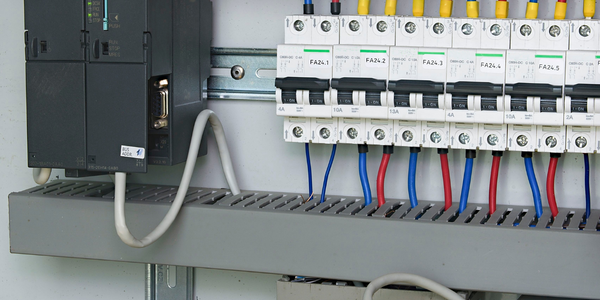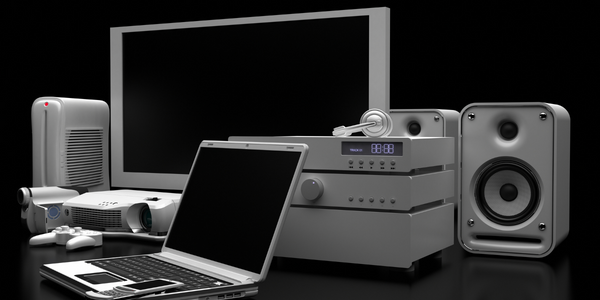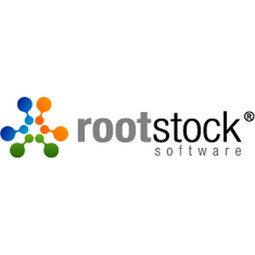Customer Company Size
SME
Region
- America
Country
- United States
Product
- Rootstock Cloud ERP
Tech Stack
- Cloud-based ERP
- Salesforce Platform
- QuickBooks
Implementation Scale
- Enterprise-wide Deployment
Impact Metrics
- Productivity Improvements
- Cost Savings
Technology Category
- Functional Applications - Enterprise Resource Planning Systems (ERP)
Applicable Industries
- Electronics
Applicable Functions
- Discrete Manufacturing
Use Cases
- Manufacturing System Automation
- Inventory Management
Services
- Cloud Planning, Design & Implementation Services
- System Integration
About The Customer
Northeast Lantern is a company based in Exeter, New Hampshire, that has been manufacturing and selling handcrafted, solid brass and copper lighting fixtures since 1987. The company employs 45 people and produces high-quality lighting fixtures for retail showrooms, online distributors, web stores, designers, and the hospitality industry. Customers have a wide array of product customization options, including different finishes and glass options. Northeast Lantern augments their standard fixtures with custom lighting fixtures, as over 20% of their products are customized pieces. To maintain the high quality of their handcrafted products, Northeast Lantern employs skilled craftsmen who use original manufacturing methods.
The Challenge
Northeast Lantern, a manufacturer of handcrafted, solid brass and copper lighting fixtures, was relying on a system of management by spreadsheet. As the company grew, the spreadsheets became more of a problem than a solution. With no formal system for inventory or engineering and no single database, the company was struggling with growth. They had no control over their inventory because they didn’t know at any one time what they had in inventory for a specific part, finished good or subassembly. Reporting was also a manual task that was time-consuming and inefficient. The company knew that further growth would require a modern ERP solution.
The Solution
Northeast Lantern chose Rootstock Cloud ERP to replace their spreadsheet-heavy manual processes. The company was looking for a system to help them plan production and catalog all items into a single database. They wanted to see the connections between the parts and where they would be used to get control of inventory and production inefficiencies. Rootstock Cloud ERP offered several advantages including MRP, Sandbox, QuickBooks integration, and Salesforce Platform. The implementation process was slow due to the lack of an original database, over 25,000 individual SKUs, and limited resources. However, the company spent a lot of time preparing their data to ensure the accuracy of their data once the new system was up and running.
Operational Impact
Quantitative Benefit

Case Study missing?
Start adding your own!
Register with your work email and create a new case study profile for your business.
Related Case Studies.

Case Study
Remote Temperature Monitoring of Perishable Goods Saves Money
RMONI was facing temperature monitoring challenges in a cold chain business. A cold chain must be established and maintained to ensure goods have been properly refrigerated during every step of the process, making temperature monitoring a critical business function. Manual registration practice can be very costly, labor intensive and prone to mistakes.

Case Study
Predictive maintenance in Schneider Electric
Schneider Electric Le Vaudreuil factory in France is recognized by the World Economic Forum as one of the world’s top nine most advanced “lighthouse” sites, applying Fourth Industrial Revolution technologies at large scale. It was experiencing machine-health and unplanned downtime issues on a critical machine within their manufacturing process. They were looking for a solution that could easily leverage existing machine data feeds, be used by machine operators without requiring complex setup or extensive training, and with a fast return on investment.

Case Study
Cloud Solution for Energy Management Platform-Schneider Electric
Schneider Electric required a cloud solution for its energy management platform to manage high computational operations, which were essential for catering to client requirements. As the business involves storage and analysis of huge amounts of data, the company also needed a convenient and scalable storage solution to facilitate operations efficiently.

Case Study
Leveraging the IoT to Gain a Competitive Edge in International Competition
Many large manufacturers in and outside Japan are competing for larger market share in the same space, expecting a growing demand for projectors in the areas of entertainment, which requires glamor and strong visual performance as well as digital signage that can attract people’s attention. “It is becoming more and more difficult to differentiate ourselves with stand-alone hardware products,” says Kazuyuki Kitagawa, Director of Service & Support at Panasonic AVC Networks. “In order for Panasonic to grow market share and overall business, it is essential for us to develop solutions that deliver significant added value.” Panasonic believes projection failure and quality deterioration should never happen. This is what and has driven them to make their projectors IoT-enabled. More specifically, Panasonic has developed a system that collects data from projectors, visualizes detailed operational statuses, and predicts issues and address them before failure occurs. Their projectors are embedded with a variety of sensors that measure power supply, voltage, video input/ output signals, intake/exhaust air temperatures, cooling fan operations, and light bulb operating time. These sensors have been used to make the projector more intelligent, automatically suspending operation when the temperature rises excessively, and automatically switching light bulbs. Although this was a great first step, Panasonic projectors were still not equipped with any capability to send the data over a network.









